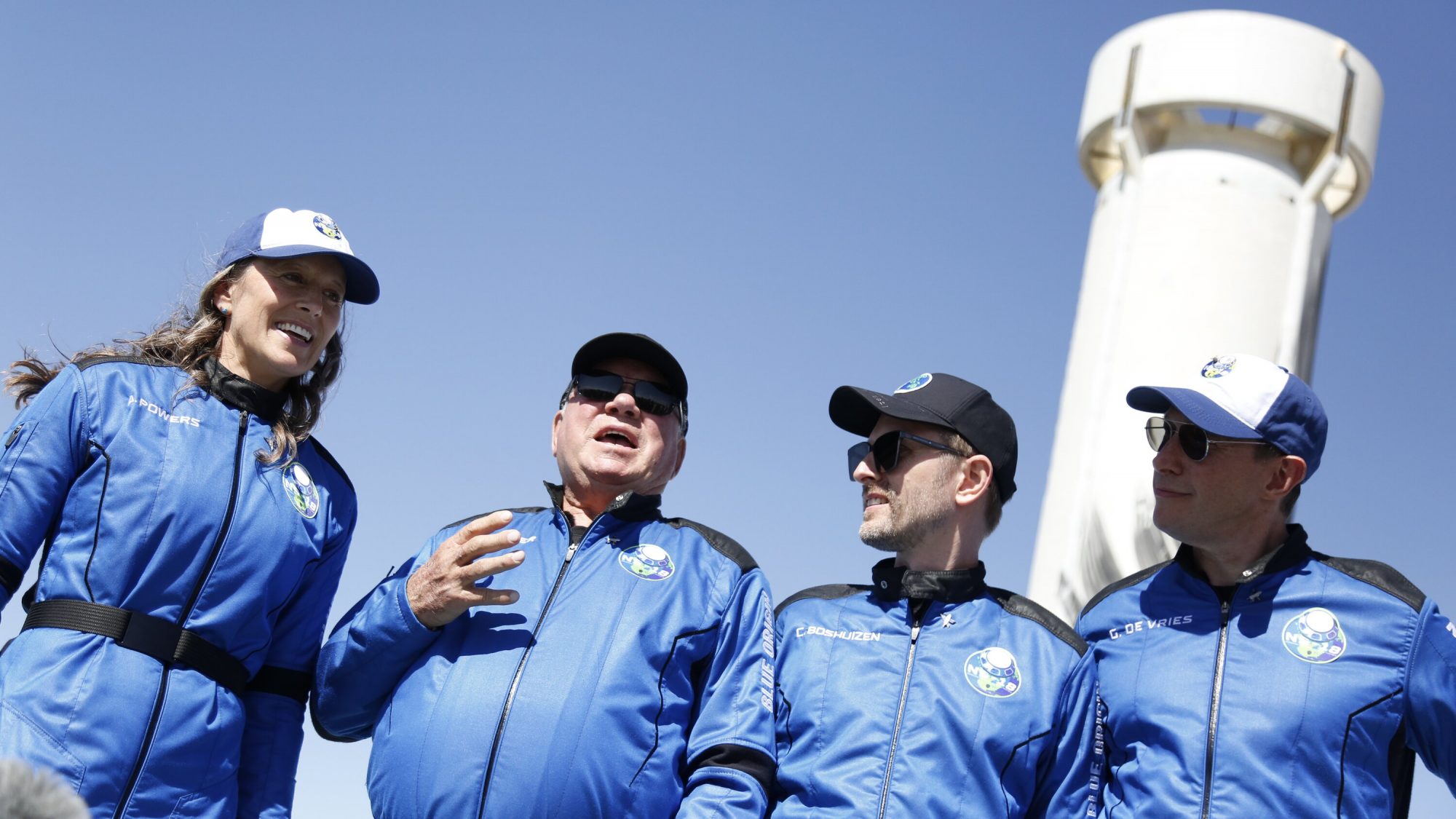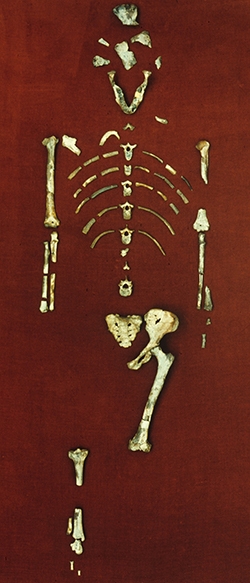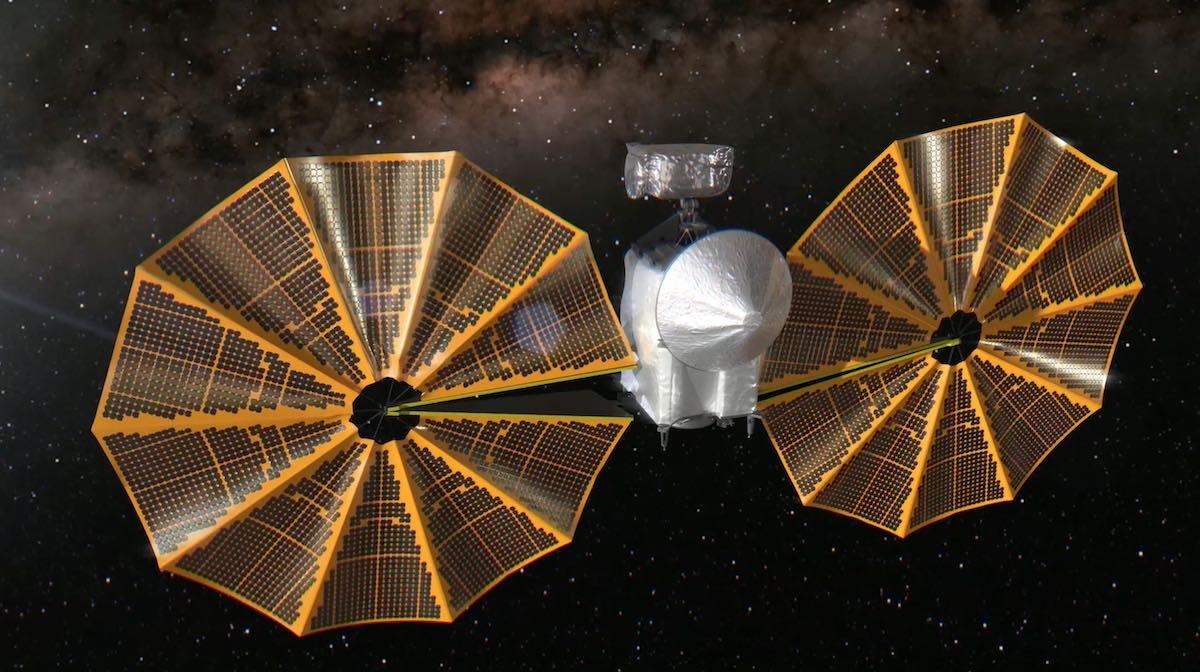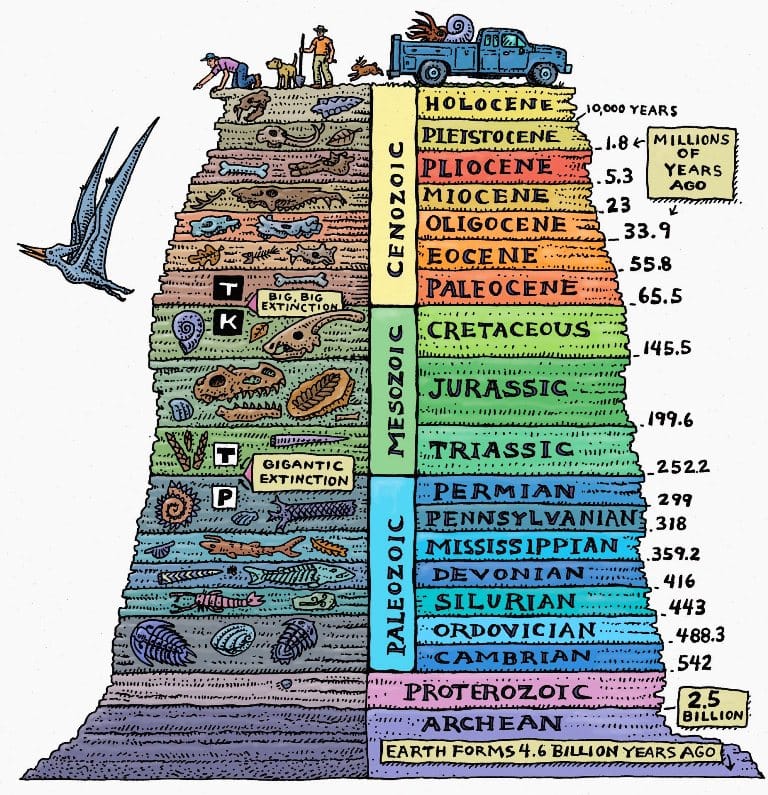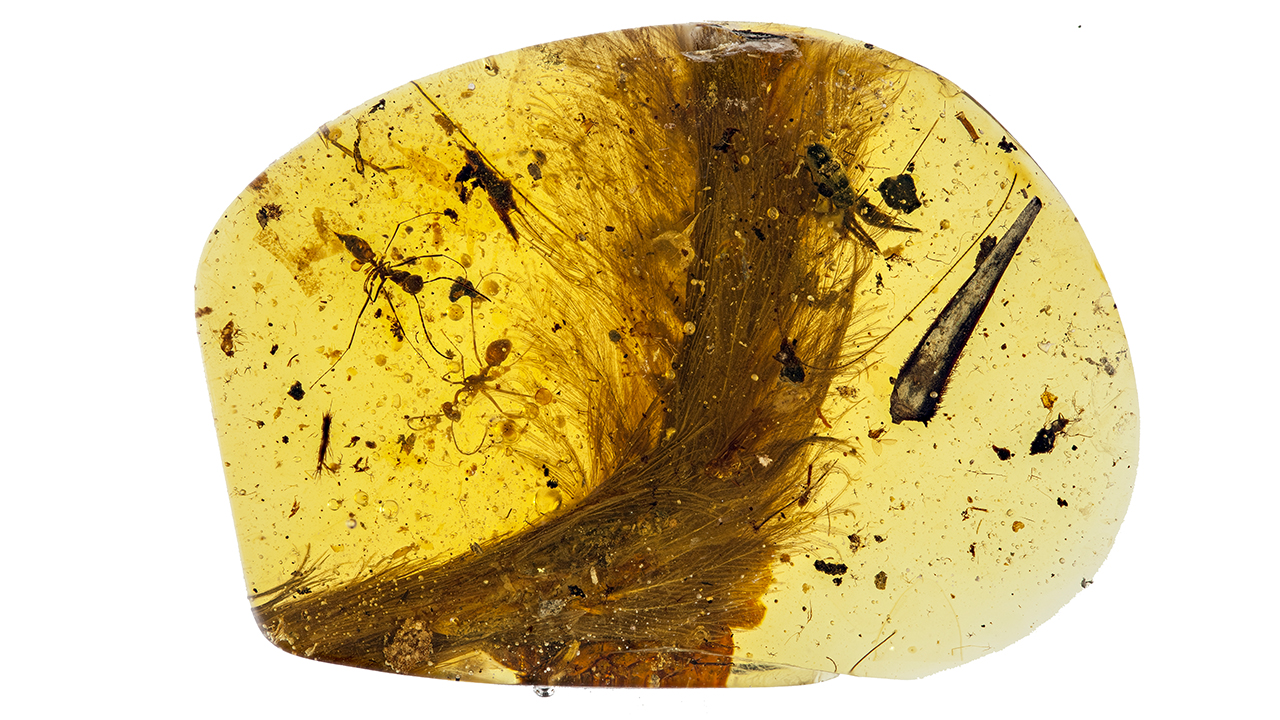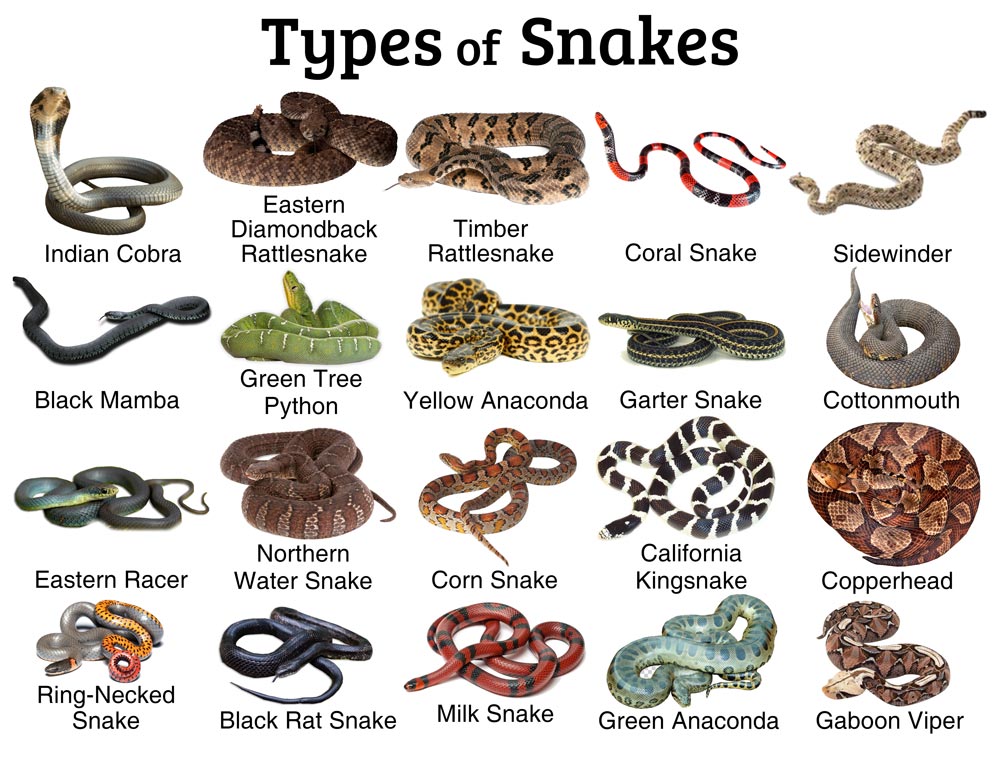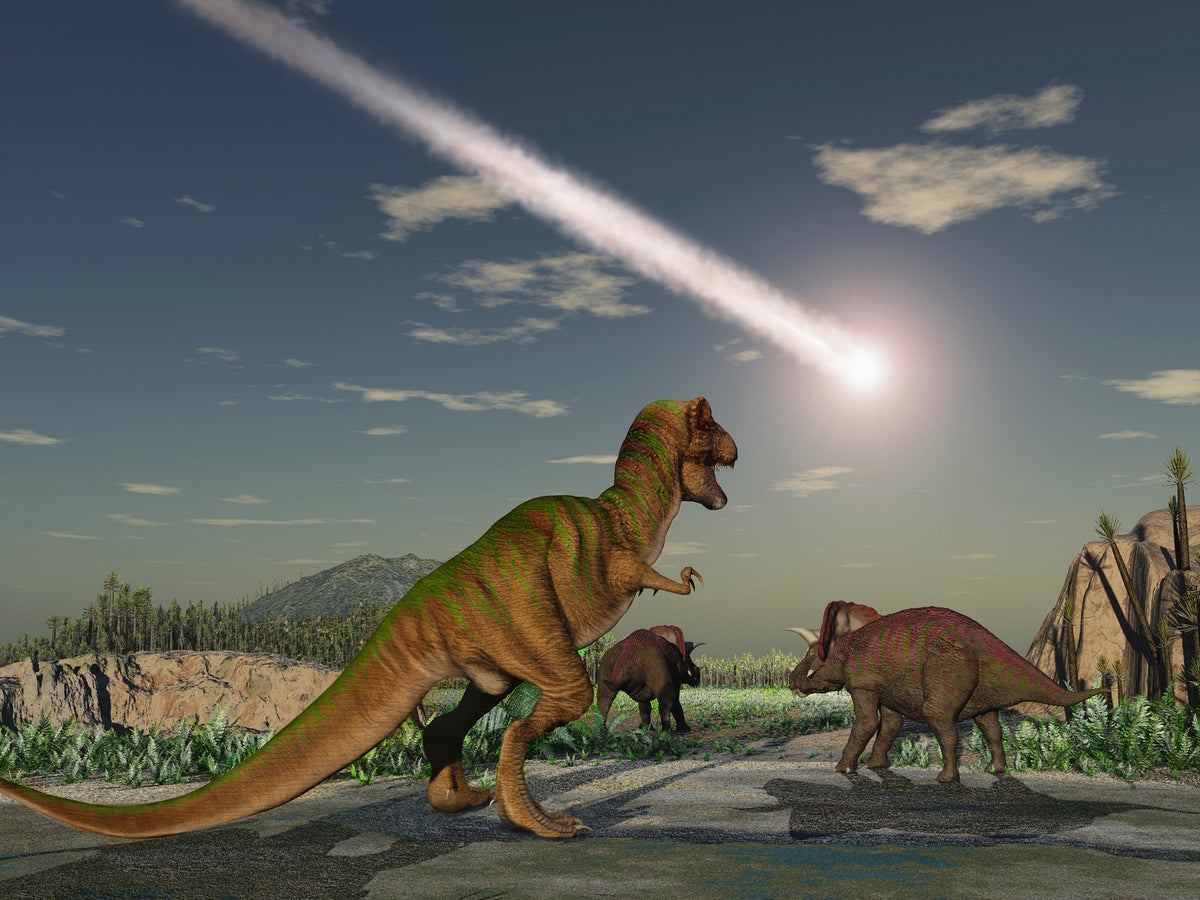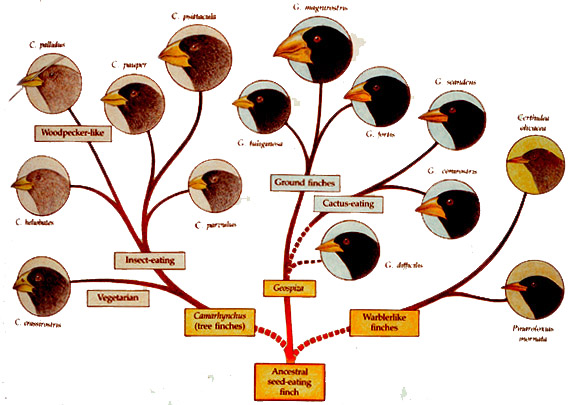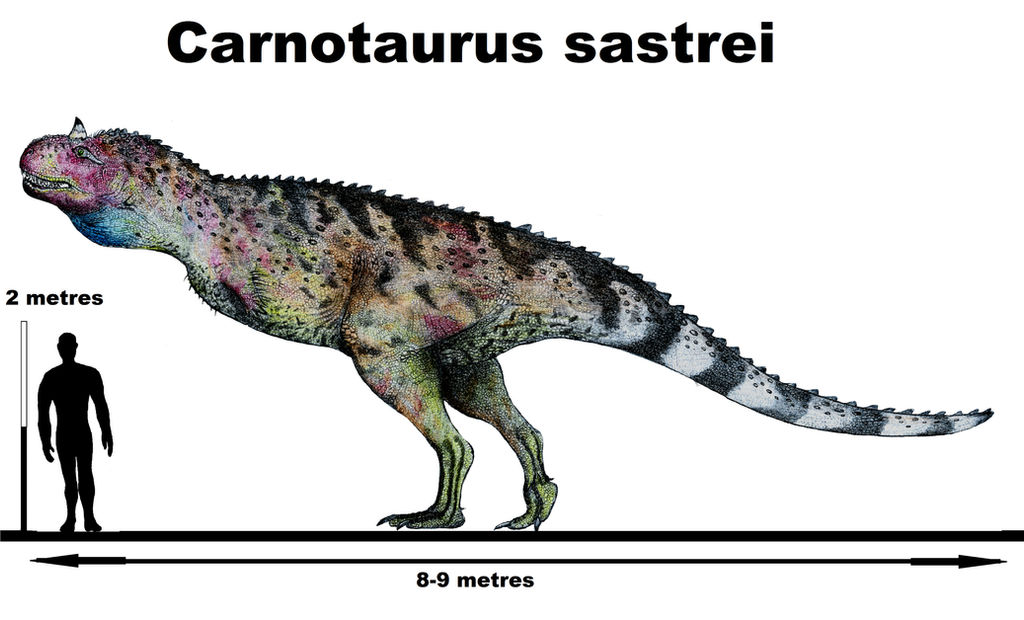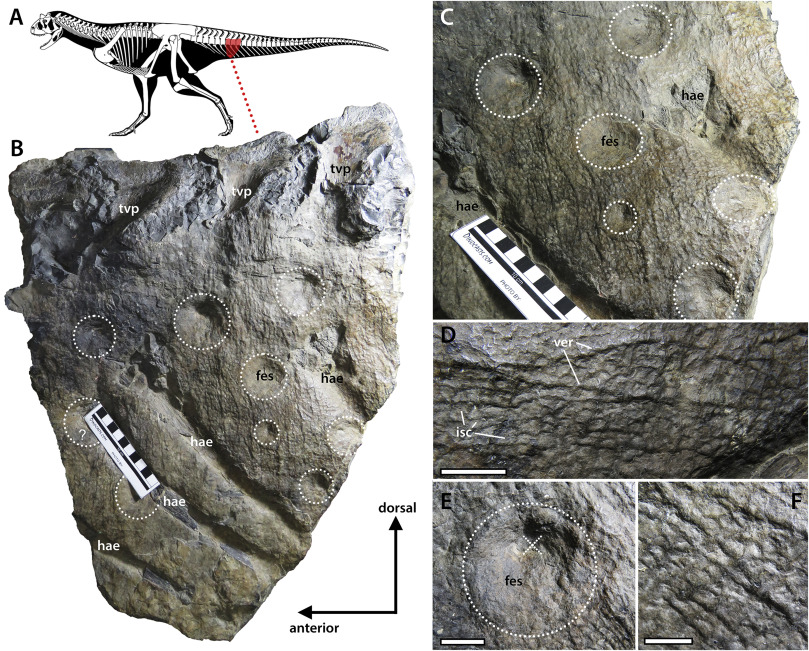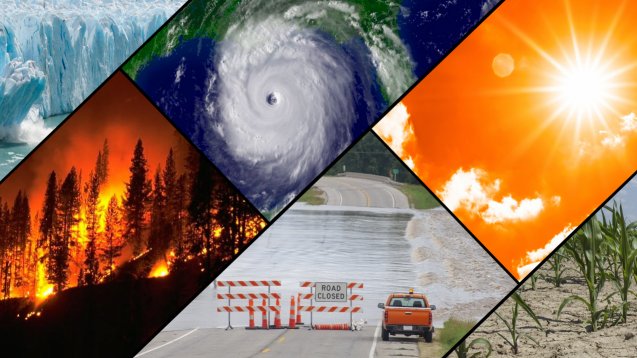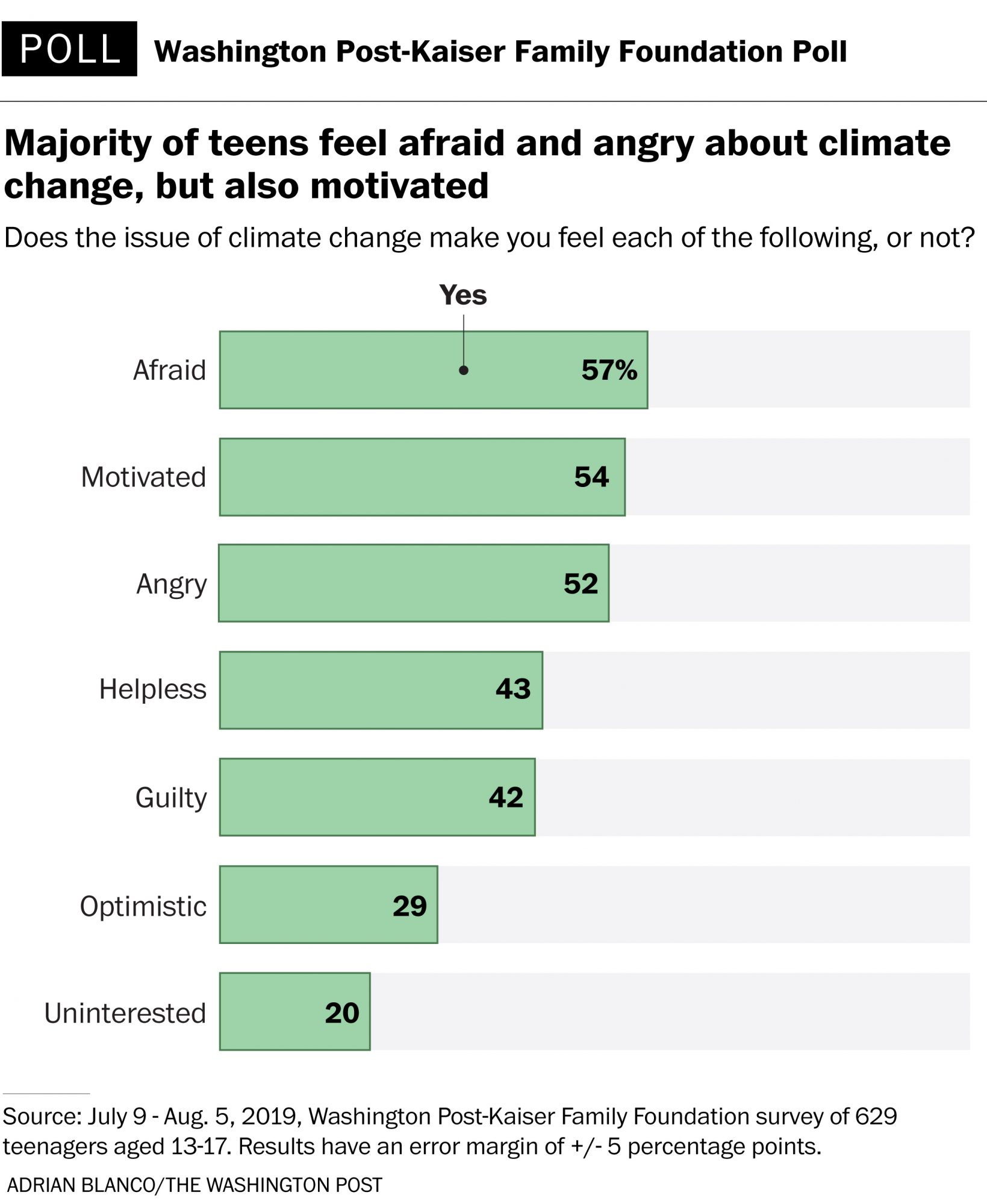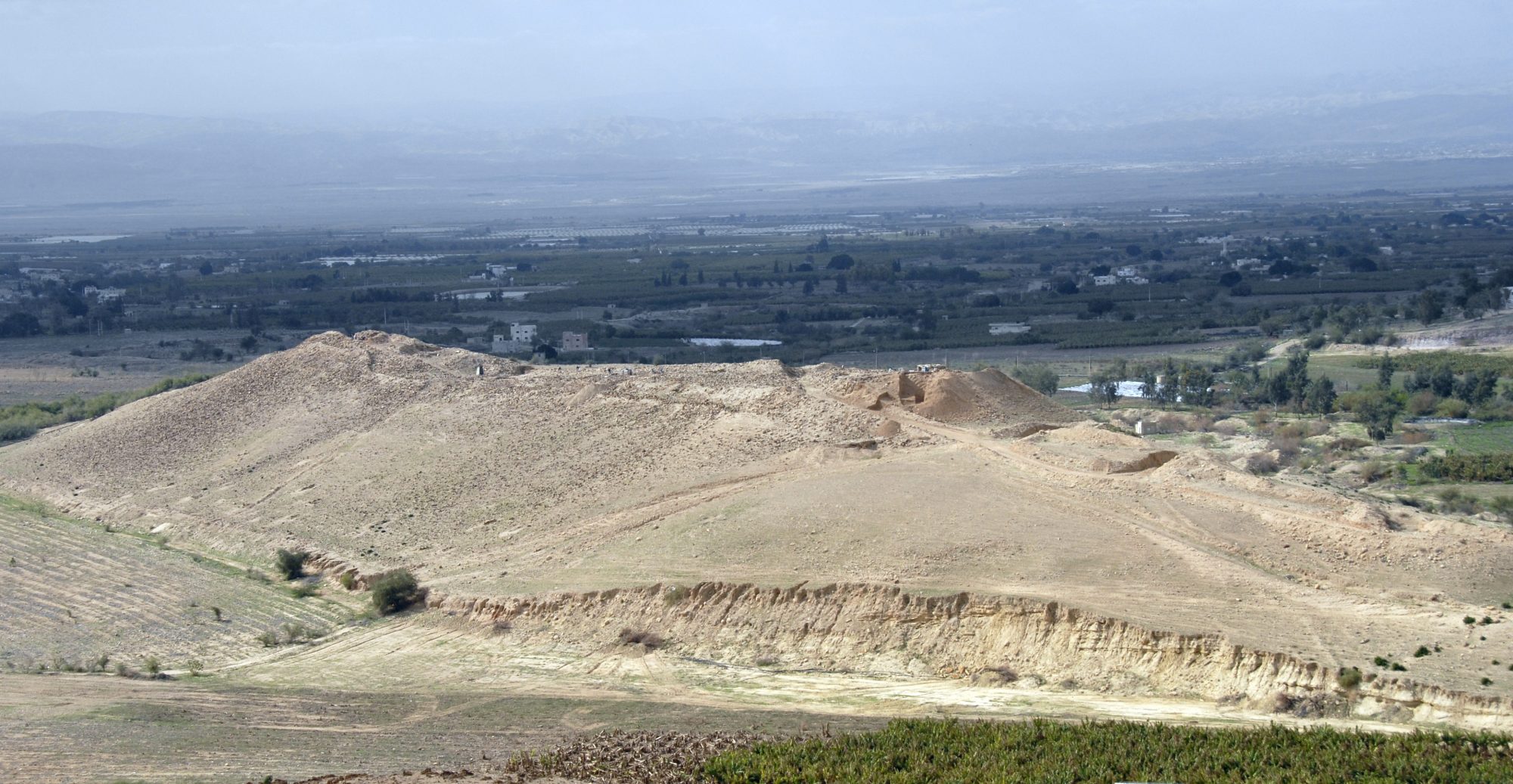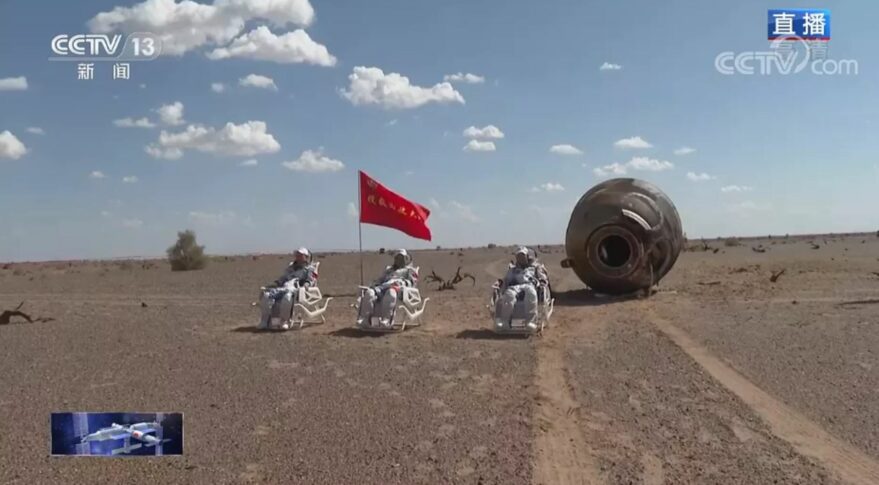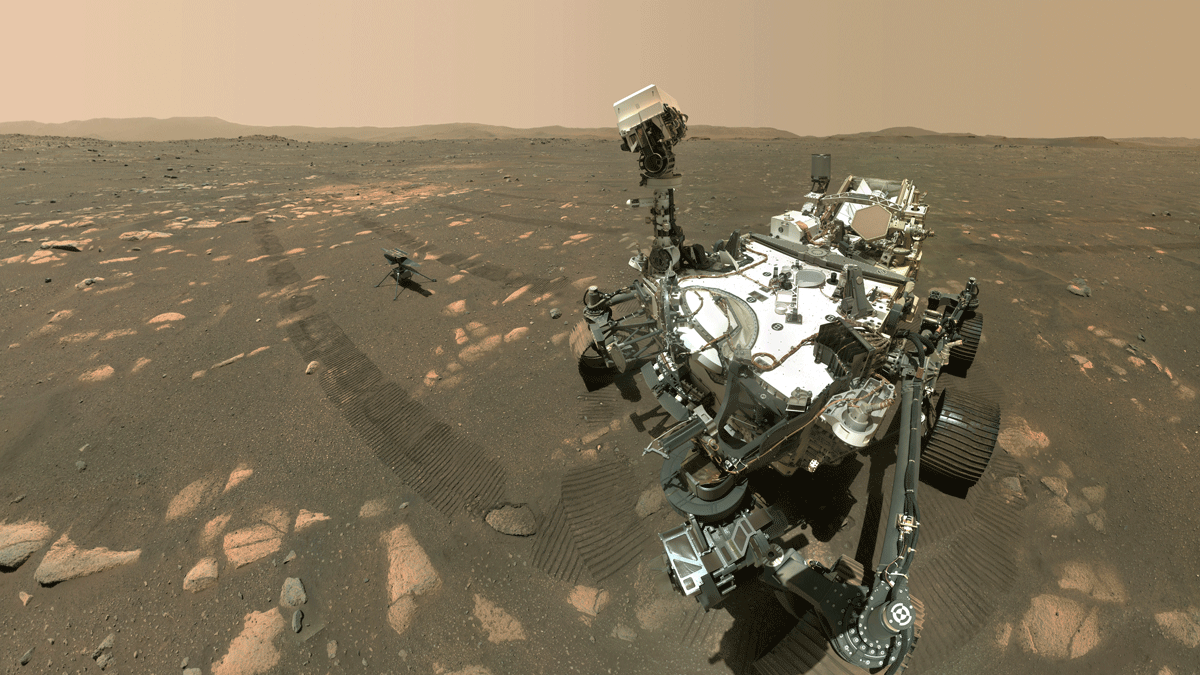The U.N. Climate Change Conference known as COP26 is now underway in Glasgow in the UK. On the October 31st, Halloween no less, representatives of 197 nations gathered to discuss and hopefully agree upon some policies that will enable our species and our planet to mitigate if not actually avoid the worst consequences of Earth’s changing climate. Those changes are of course being driven by humanity’s continued dependence on fossil fuels as the primary source of our energy.

In the statement above I mentioned the hope of mitigating if not actually avoiding the worst of climate change because any honest person who isn’t a fool has to acknowledge that the first effects of climate change are already upon us. Here in the United States for example the year 2021 has already seen a record number of eighteen natural disasters that have each caused over a billion dollars in damage. In fact the total losses caused by those disasters have been estimated at $104.8 billion along with 538 known fatalities and that’s with three months left to go in the year. That figure already tops the $100.2 billion for all of 2020. 2021 also marks the seventh consecutive year in which the US has suffered more than ten such billion dollar disasters while the average number for the years 1980 to 2000 was only seven, a definite sign of increasing frequency. (Note: All dollar values have been adjusted for inflation.)
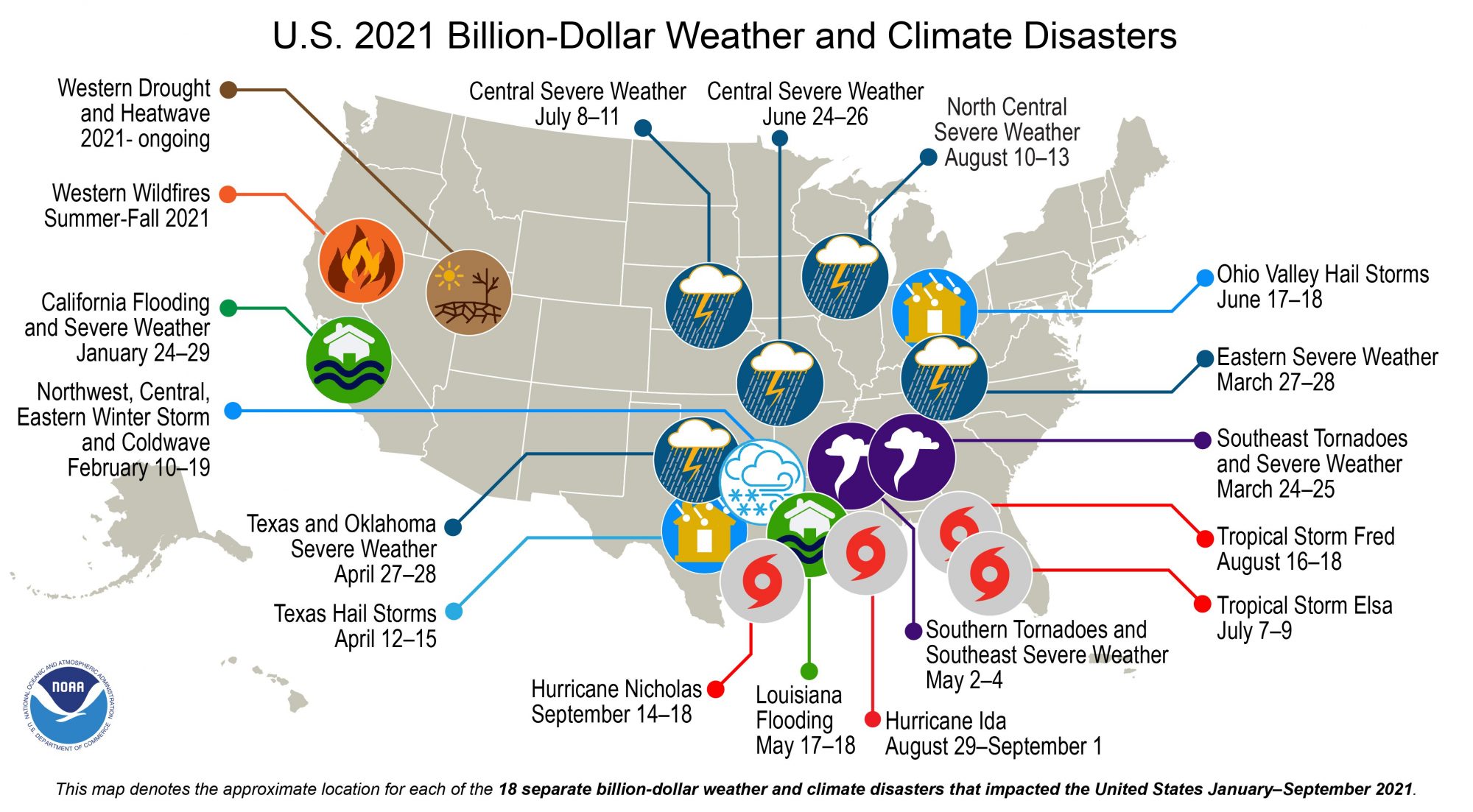
And the COP26 conference also comes just a few months after the release of the UN’s Intergovernmental Panel on Climate Change (IPCC) report back in August. This report, which I discussed in my post of 21 August 2021, forecast the kind of world our grandchildren will have to endure if we continue to release ever greater amounts of green house gasses into the atmosphere. Based on the findings of that report, if the nations of the world continue on their present course our planet could face a truly horrifying 4.4ºC rise in global temperature by the year 2100.
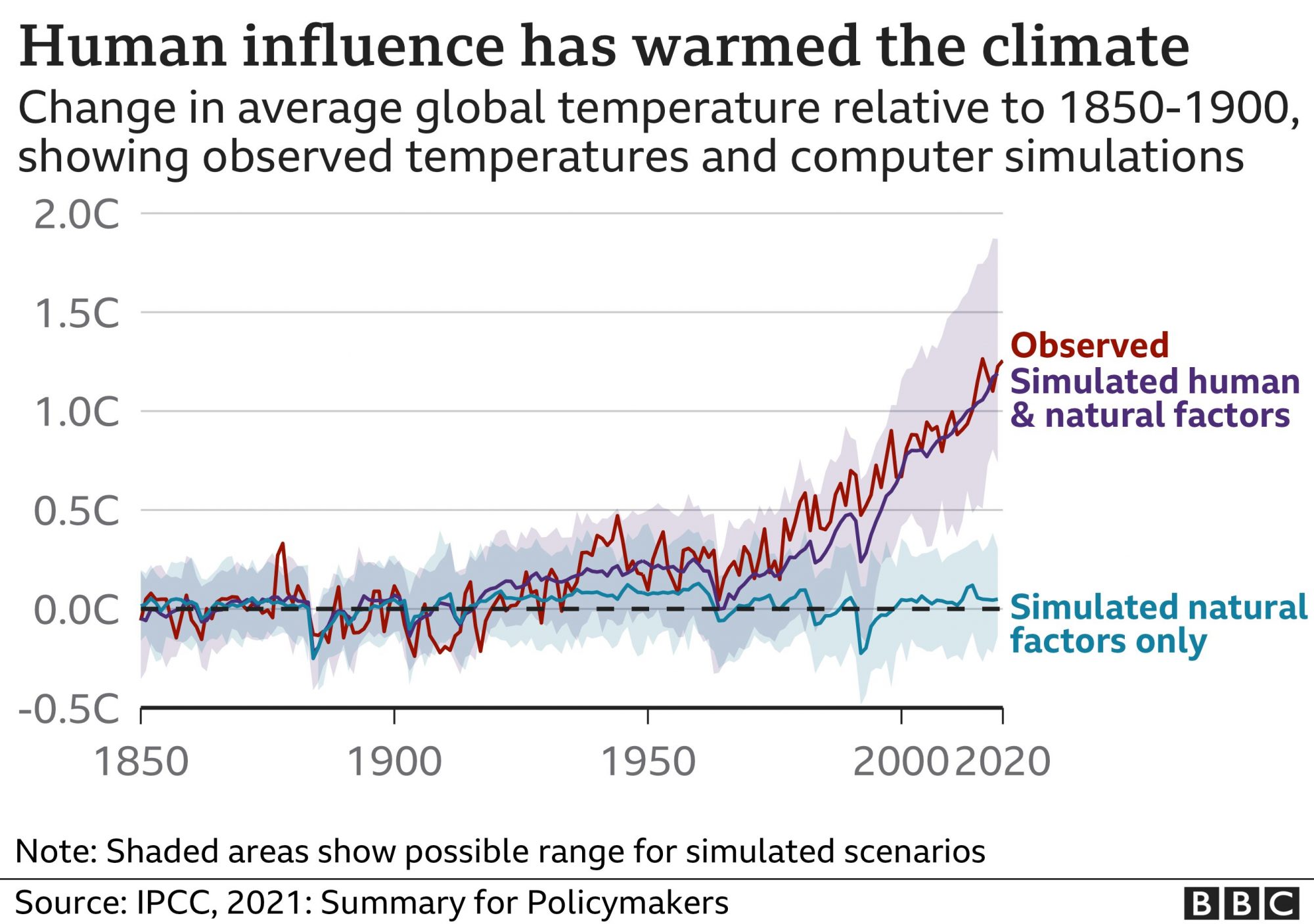
So what can we hope for from our collective leaders as they meet in Glasgow to decide the fate of the world? Not much if you go by a series of documents that were leaked to the organization Greenpeace and then given to the BBC. These documents were submitted to the UN from several major nations requesting that the language employed in the IPCC report be ‘toned down’. For example the nations of Japan, Australia and Saudi Arabia all insisted that the world does not need to reduce its dependence on fossil fuels as quickly as the IPCC report would indicate. Saudi Arabia in particular told the UN that it wants all messaging encouraging the ‘active phasing out of fossil fuels’ to be deleted from future reports.

The nation of India is another problem having already stated that they intend to continue employing coal, the worst source of CO2, as the prime source for their electricity until around the year 2050. Indeed the world’s second most populace country has declared itself to be a ‘victim’ of climate change in that its policy of industrialization is being constrained by any attempts at reducing greenhouse gas emissions.

The world’s third biggest polluter has also announced that it has no plans to even set a target date for reaching zero carbon emissions. If India is not careful it may soon become a real victim of climate change because air quality on the sub-continent has become so bad that it is affecting the health of tens of millions of Indians while the annual monsoon flooding this year has been the worst in many decades.

So one key event that is certainly going to occur at Glasgow will be a battle over just how much of the IPCC report will be accepted by those nations with a vested interest in fossil fuels, and how much of it is going to be watered down. Also I suppose there will be plenty of star power in attendance, all of the well known environmentalists like Greta Thunberg, Jane Goodall and David Attenborough will certainly be there. At the same time however critical world leaders like Russia’s Vladimir Putin and China’s Xi Jinping have decided to only attend the conference via video.

Aside from that I’m very much afraid that all we can reasonably expect from the conference is platitudes, empty statements about how important the fight against global warming is, and how humanity must unite if we are to overcome this threat to the very existence of life on this planet. Of course there will also be promises, like the promises made at the Paris climate conference in 2015 where a goal was announced of keeping the global rise in temperature to a maximum of 1.5ºC above pre-industrial levels, usually considered to be about the year 1850.
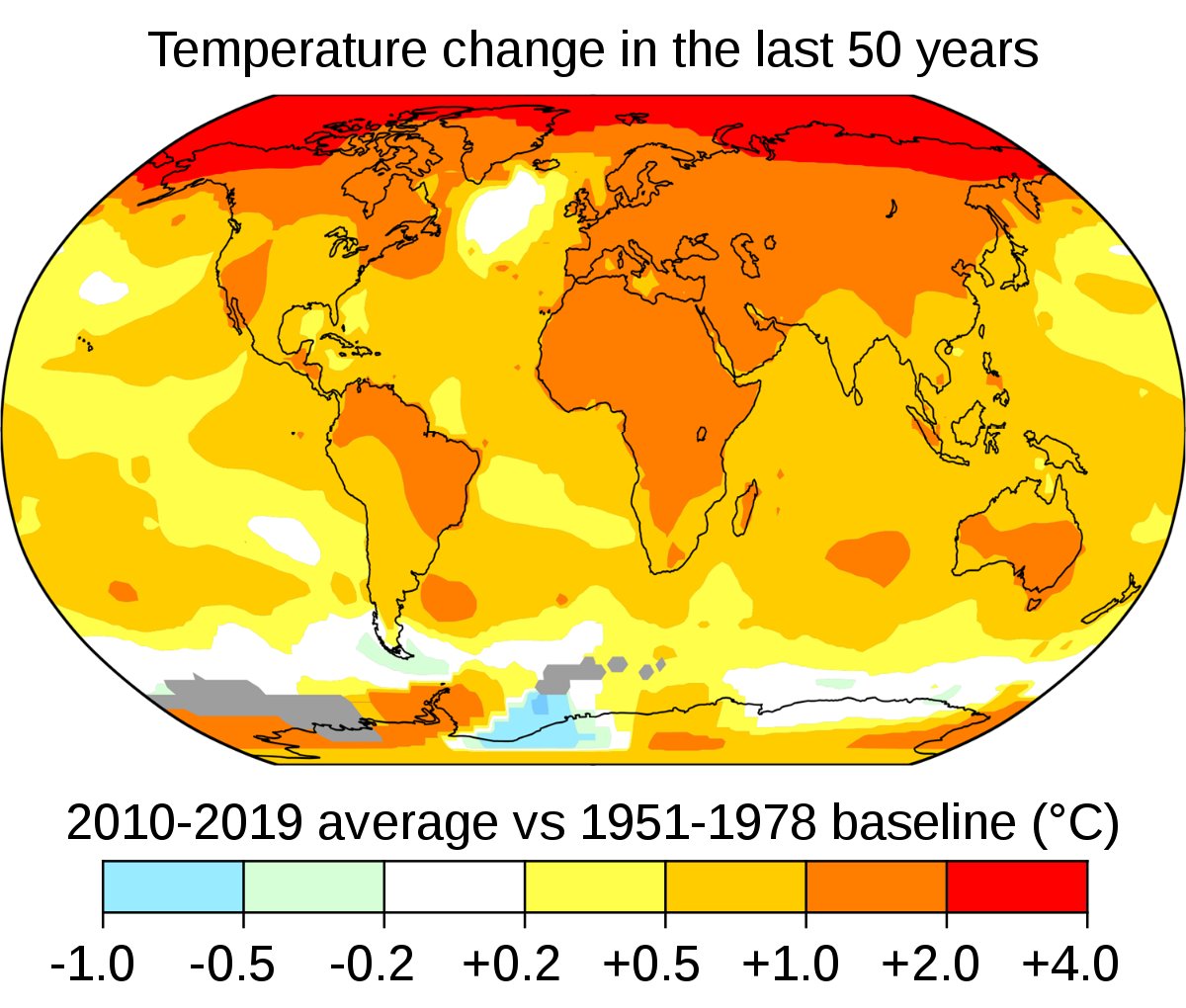
Trouble is that many of the promises made in Paris, like the pledge from wealthy countries of the world for $100 billion dollars a year to help the poorer countries transition to green technologies, have already fallen far short. The amount collected in 2019 amounted to less than $80 billion and it is estimated that the $100 billion goal will not be reached until 2023. And by some estimates that overall goal of 1.5ºC temperature rise has already been reached, all while global CO2 emissions continue to climb not shrink.
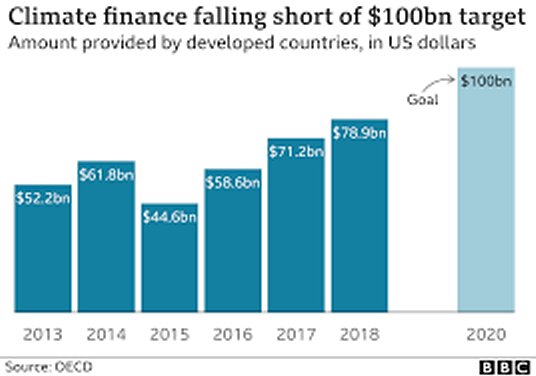
In fact over the last few weeks the prospects for real progress have become so dim that British Prime Minister Boris Johnson has even warned his fellow heads of state of the consequences of failure, reminding them of the fate of the Roman Empire and the collapse of civilization that followed its demise. For the host of COP26 to express such concerns is very discouraging and may be an ominous sign of how little real progress is going to be made at Glasgow.

If the preceding analysis has seemed to be a bit too pessimistic for a conference that has only just begun I apologize. But it seems to me that right now the Petroleum Industry and other vested interests are united in their efforts to derail any efforts to save the Earth at the cost of their profits. On the other hand while the percentage of ordinary people who are concerned about global warming grows with every poll, climate change is not their primary concern so they fail to unite enough to make a real difference.
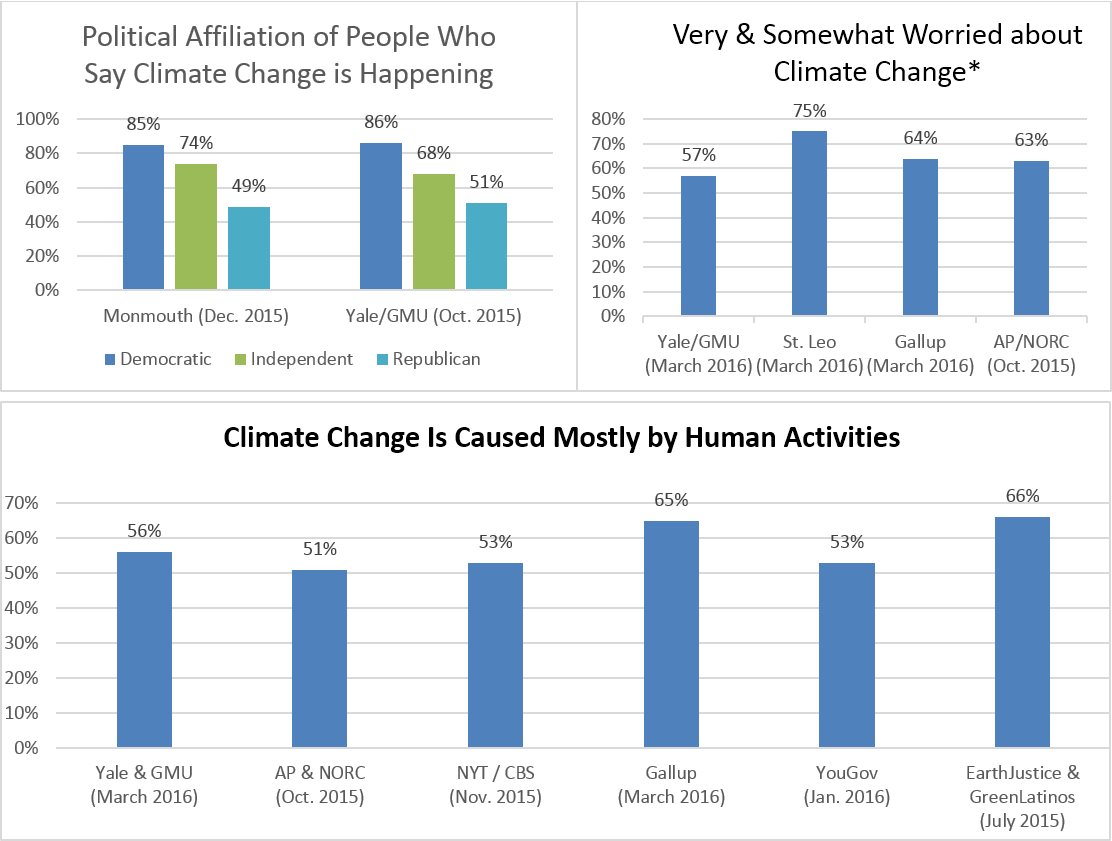
From where I sit it seems to me that the environmental problems of the world are going to have to get a lot worse before any serious effort will be made to even try to make them better.



















